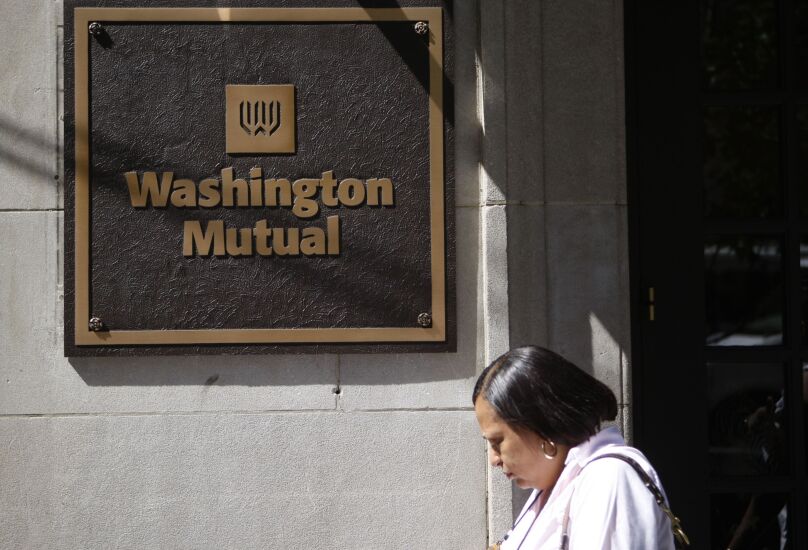This year has been an extraordinary one for the U.S. financial sector. Three large regional banks have failed over the last two months, and a smaller institution, Silvergate Bank, voluntarily shut down. How this crisis occurred, the management missteps involved and the regulatory response will surely be picked apart and analyzed for years to come.
Here's a look at the top 10 bank failures by asset size, according to data from the Federal Deposit Insurance Corp.















